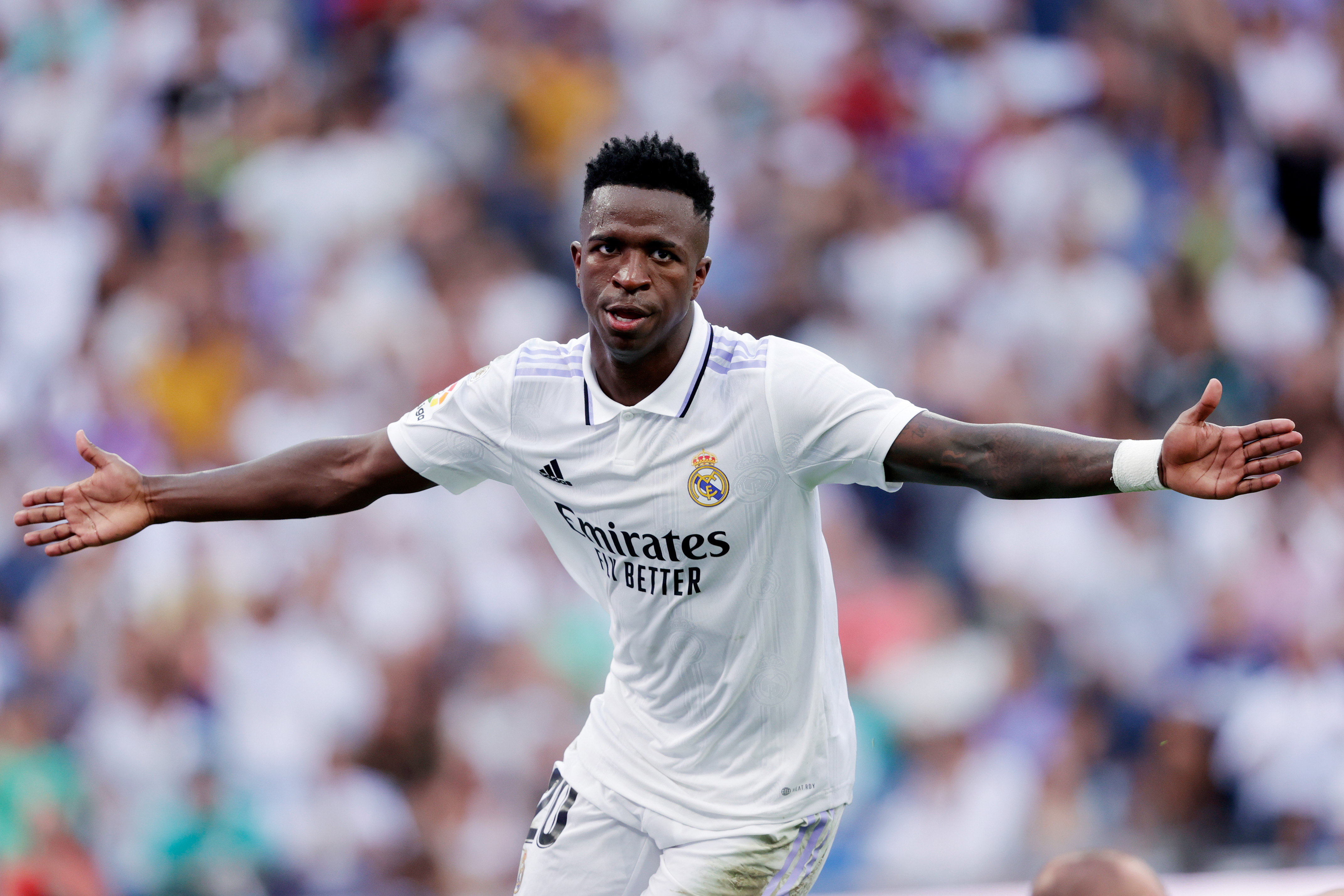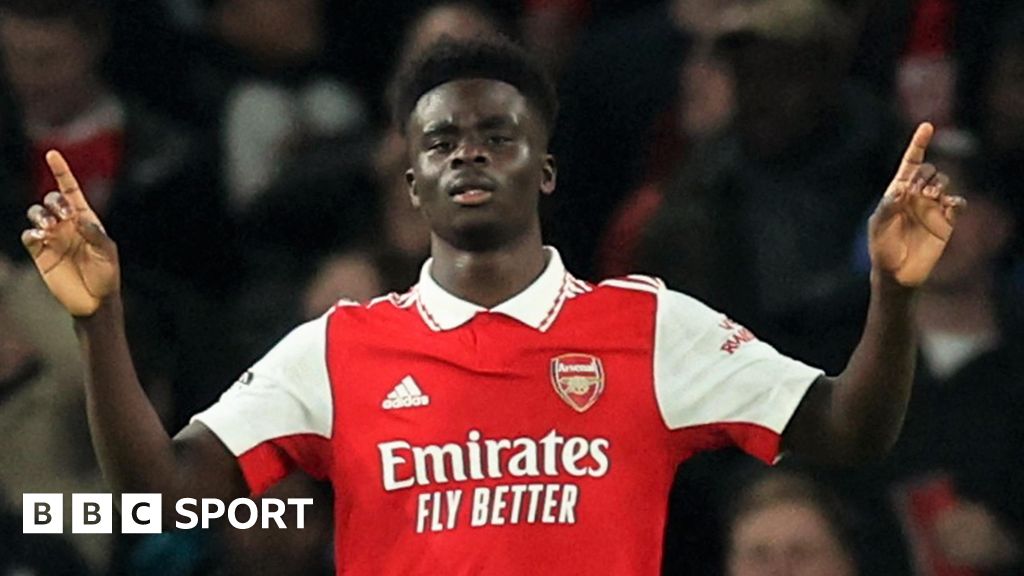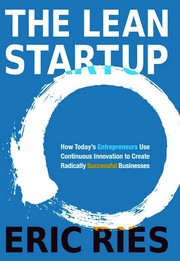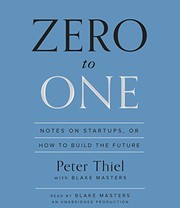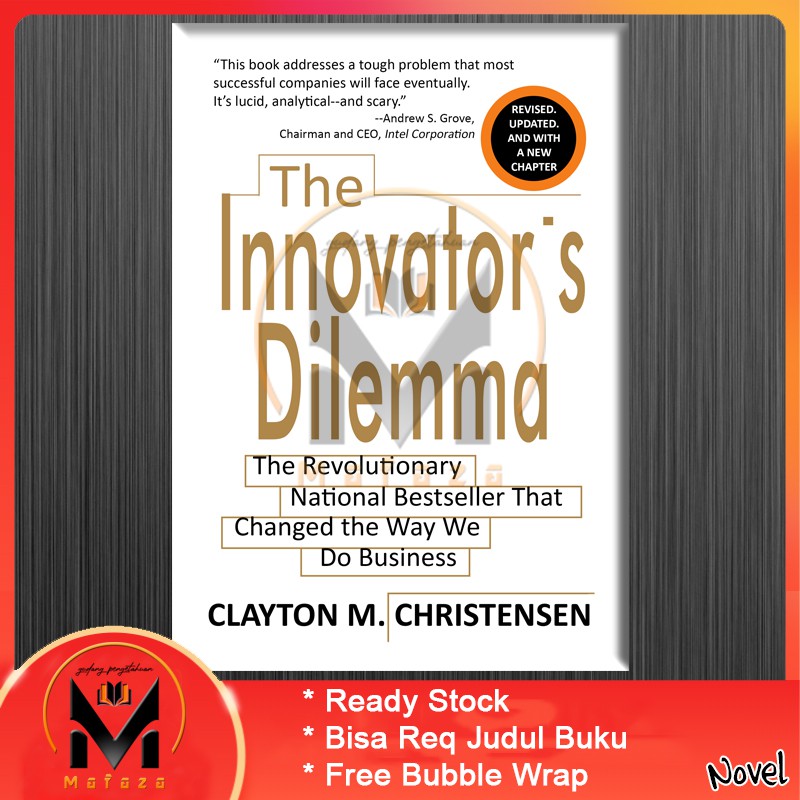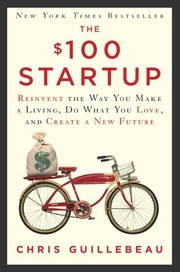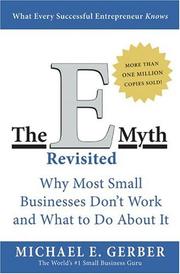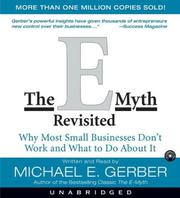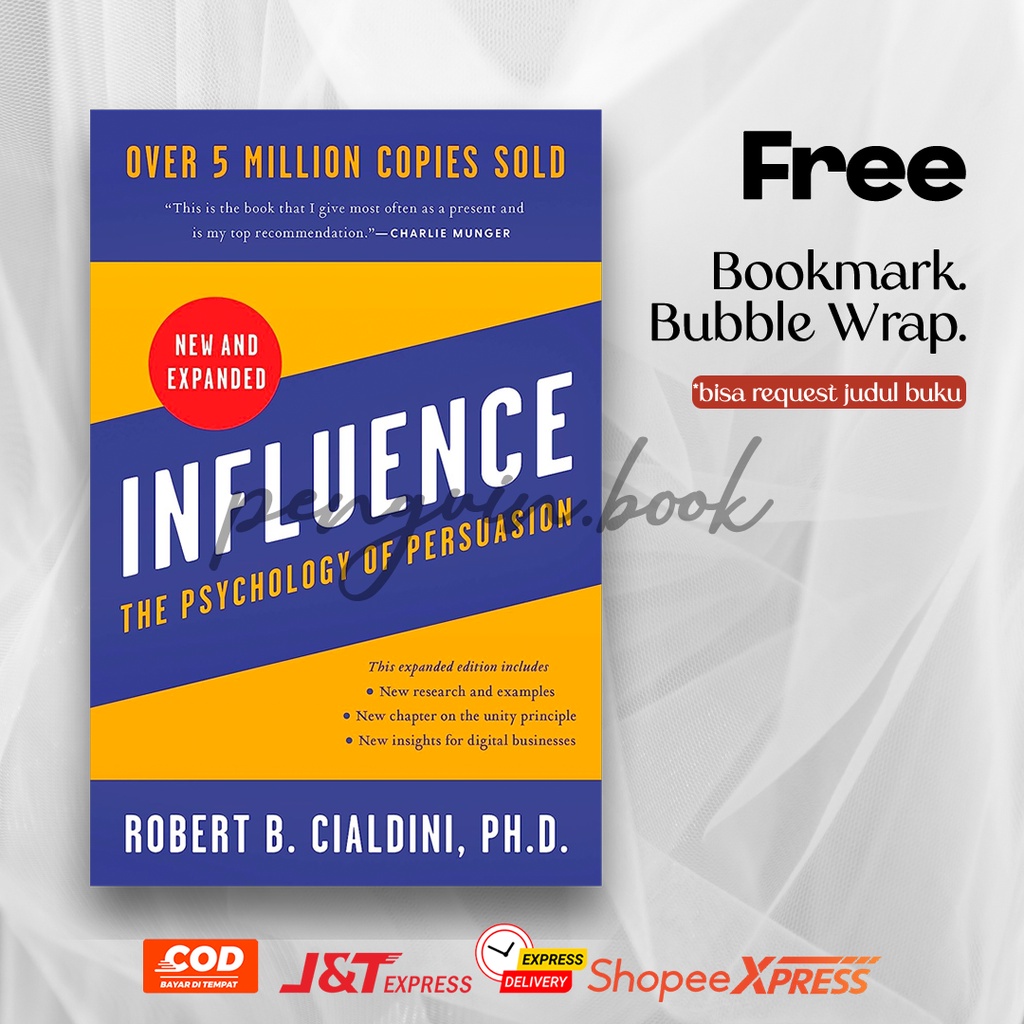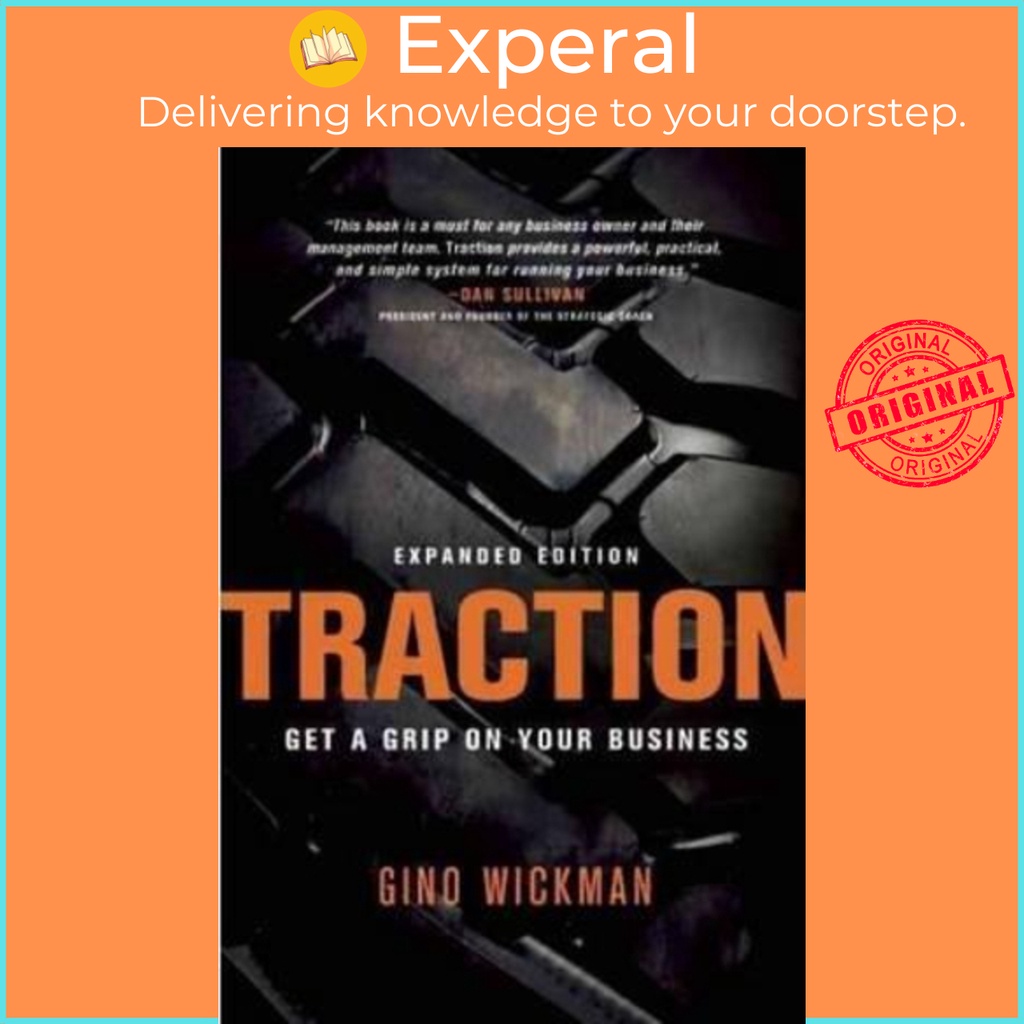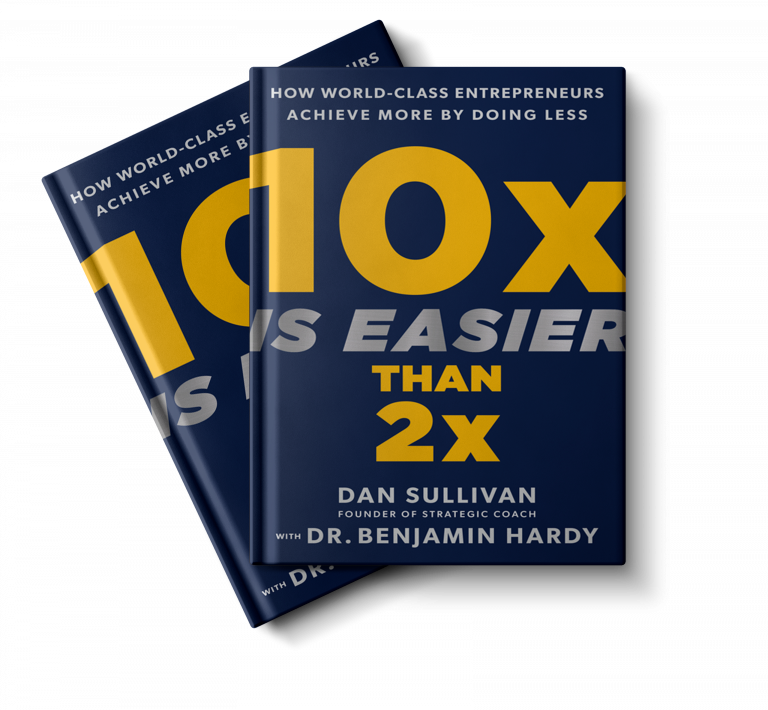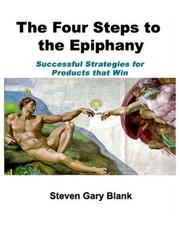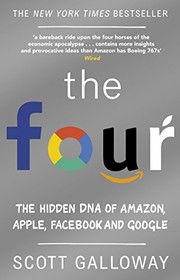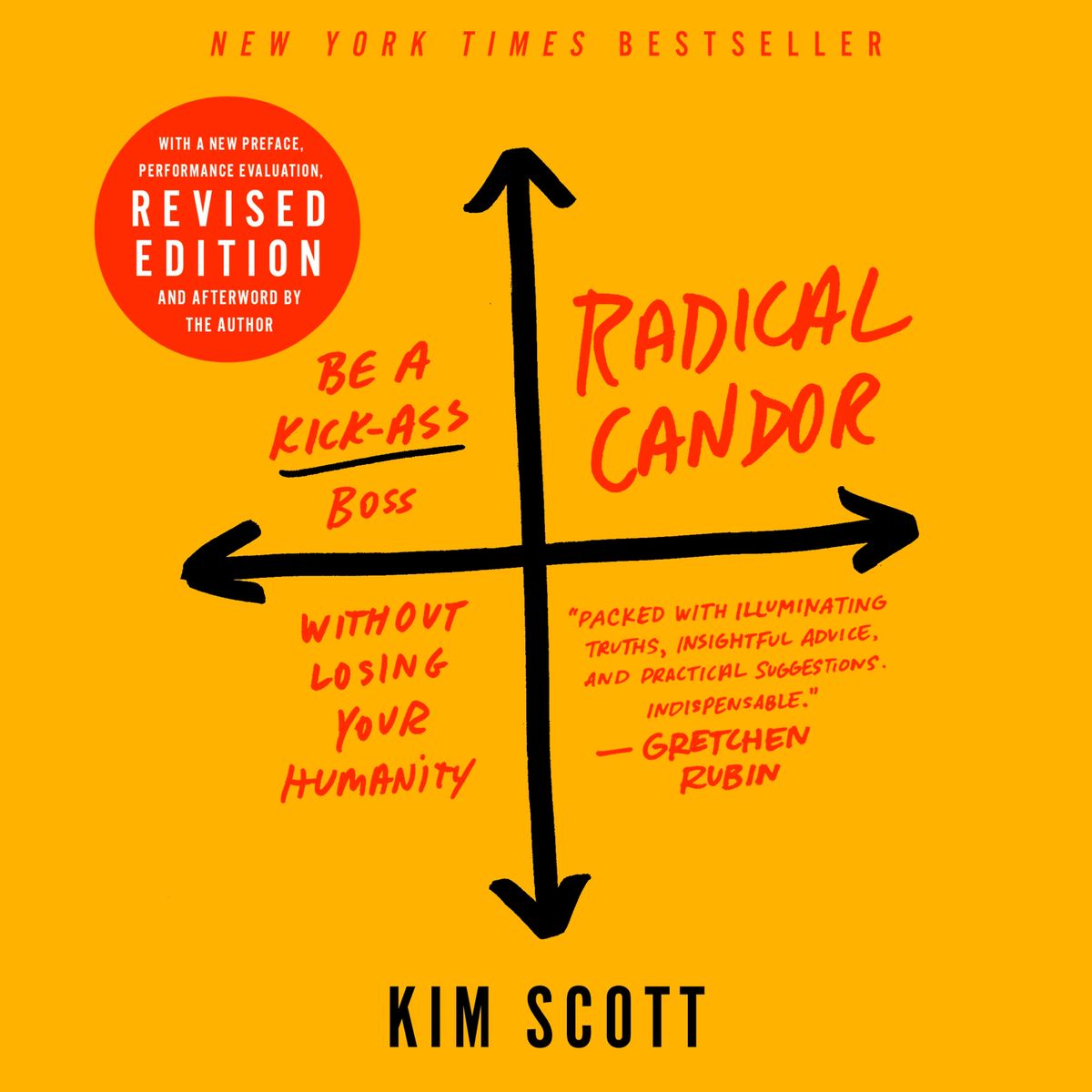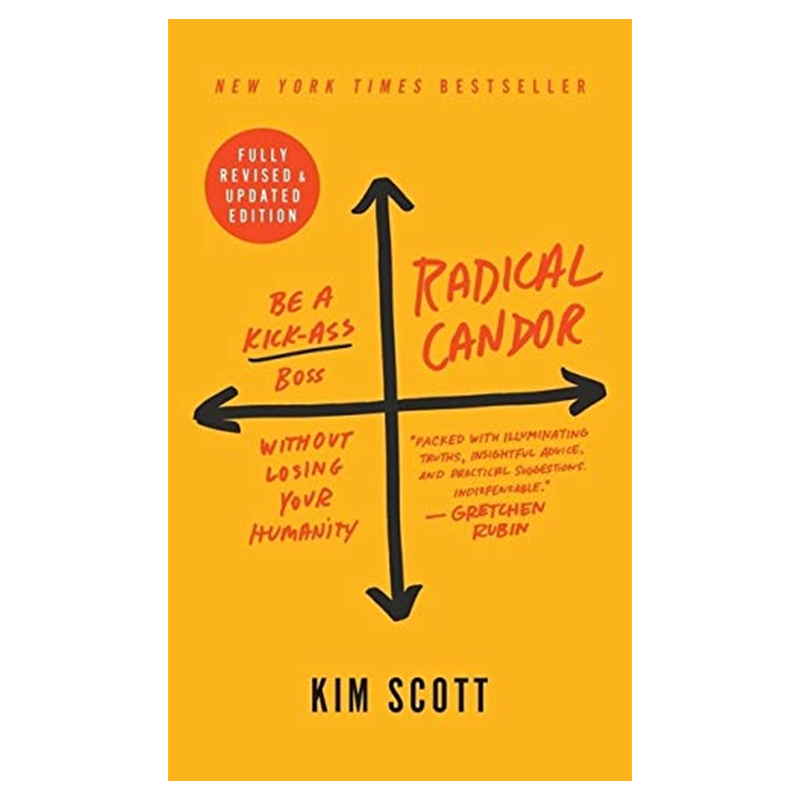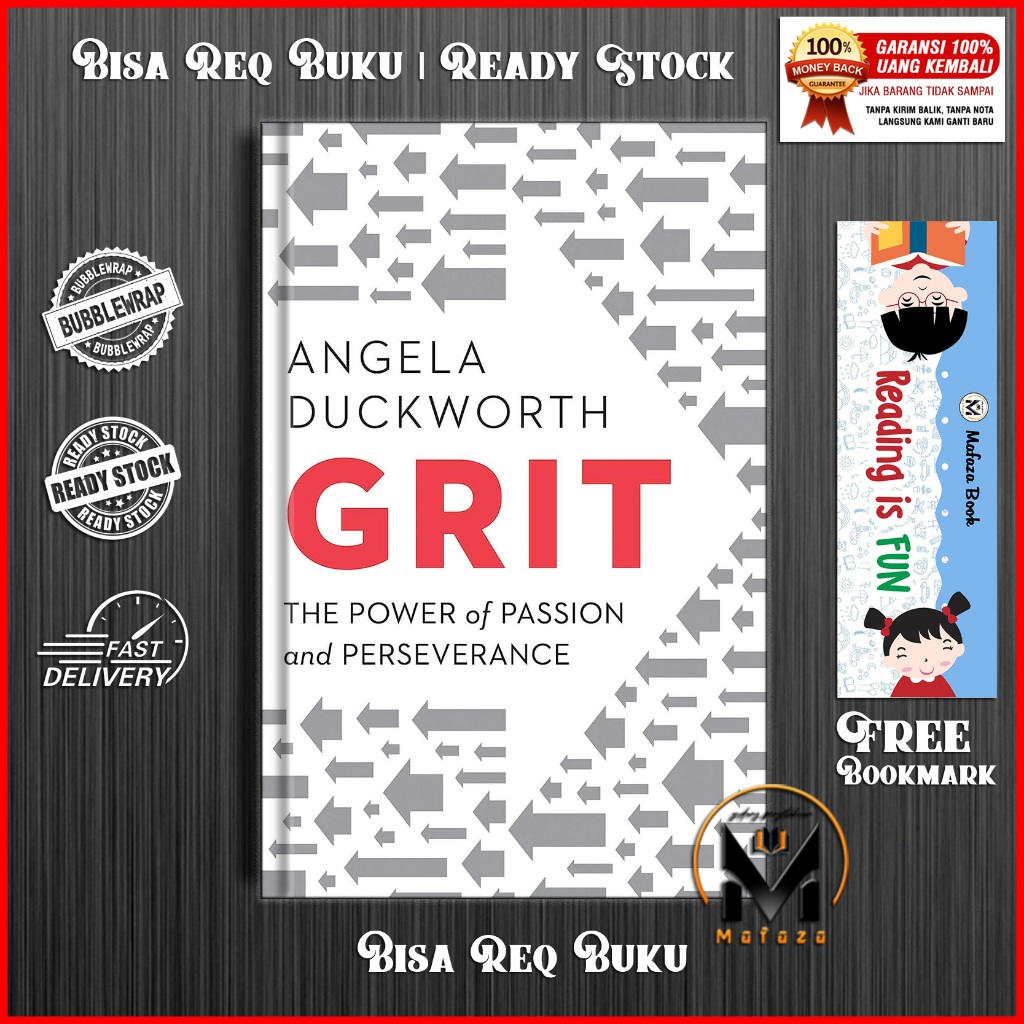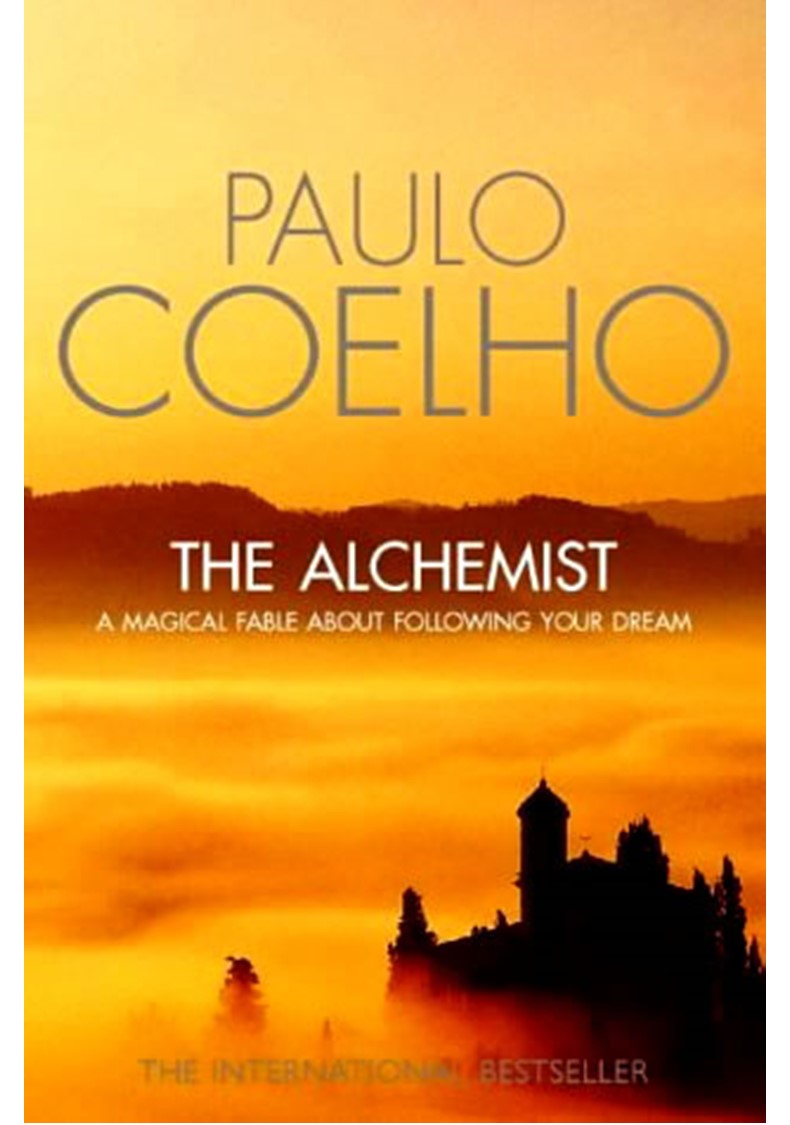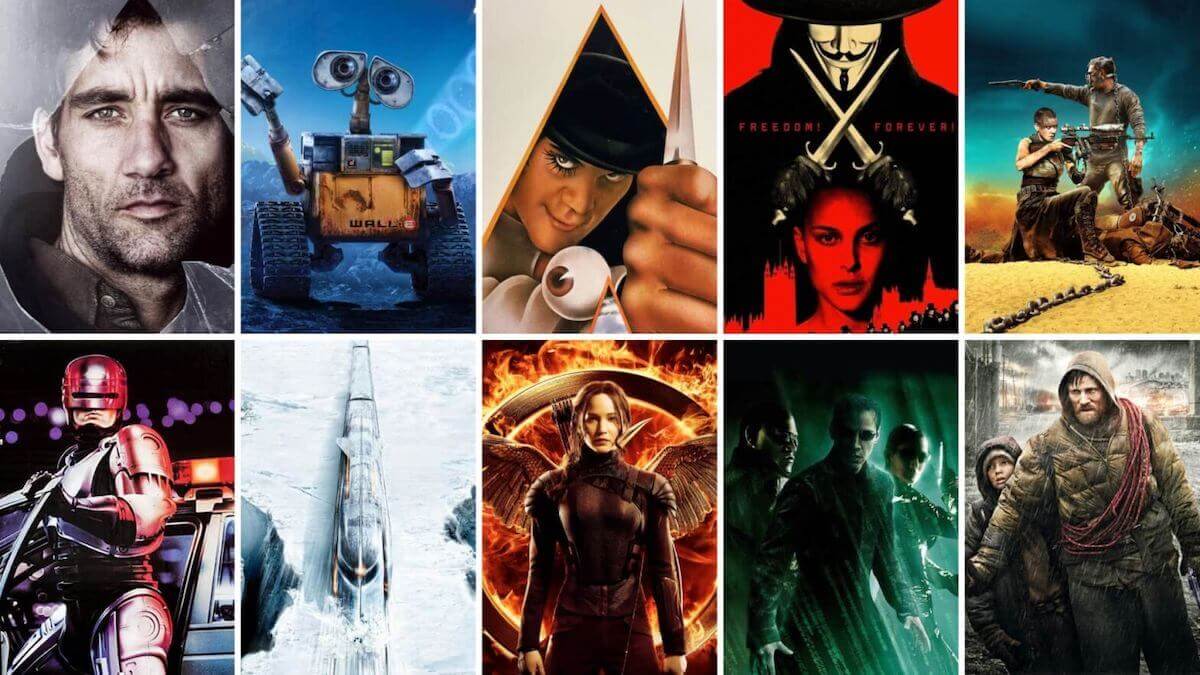Discover Pandipedia
Pandipedia is the world's first encyclopaedia of machine generated content approved by humans. You can contribute by simply searching and clicking/tapping on "Add To Pandipedia" in the answer you like. Learn More
Expand the world's knowledge as you search and help others. Go you!
AI plays a significant role in mental health diagnostics by employing various techniques to detect and classify mental health disorders. AI systems utilize machine learning algorithms, such as support vector machines and random forests, to accurately identify mental health conditions and predict the associated risks. These tools can analyze complex datasets from various sources, enabling early detection and intervention for mental health issues, which is crucial for effective treatment planning[1][4][5].
Furthermore, AI-driven applications like chatbots can interact with users to assess their mental health status through conversational methods, providing insights based on user inputs. This integration enhances traditional diagnostic approaches by offering an additional layer of support and real-time monitoring of mental well-being[2][3][4].
Let's look at alternatives:
- Modify the query.
- Start a new thread.
- Remove sources (if manually added).
- Request a manual search from our human research team.

Nokia phones are renowned for their durability due to several robust features. They are constructed from durable materials, including metals and strong plastics, which can withstand significant pressure and force[1]. Each model undergoes extensive testing, including drop tests, pressure tests, and temperature evaluations[1]. The interior support structures help keep components securely attached, reducing damage risks when dropped[1].
For instance, the Nokia XR20 can survive drops from heights up to 1.8 meters (5'11') and is waterproof, capable of being submerged at a depth of 1.5 meters for up to one hour[2][3]. It operates well in extreme temperatures, from -4°F (-20°C) to 131°F (55°C)[2]. The phone features an aluminum chassis and Gorilla Glass Victus for display protection, achieving an IP68 rating for dust and water resistance[3]. Additionally, a double-layer construction and design thickness provide extra grip and durability[1]. All these factors contribute to the reputation of Nokia phones as strong and reliable devices.
Let's look at alternatives:
- Modify the query.
- Start a new thread.
- Remove sources (if manually added).
- Request a manual search from our human research team.
Get more accurate answers with Super Search, upload files, personalised discovery feed, save searches and contribute to the PandiPedia.
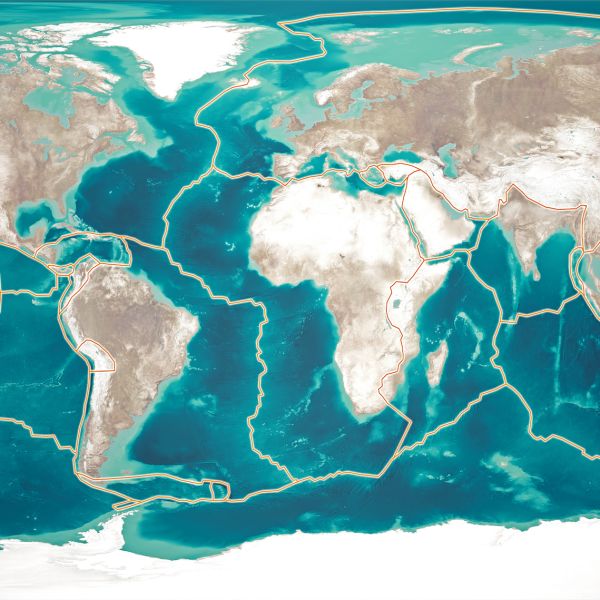
Convergent boundaries are vital regions where tectonic plates move toward each other, leading to a variety of geological phenomena that shape the Earth's surface. This report synthesizes essential information on how tectonic plates interact at these boundaries, including the processes of subduction and collision, and the geological features that result.
Types of Convergent Boundaries
There are three primary types of convergent boundaries distinguished by the nature of the plates involved: oceanic-oceanic, oceanic-continental, and continental-continental. Each type of boundary exhibits unique characteristics and geological activities.
Oceanic-Continental Convergence
:max_bytes(150000):strip_icc():format(webp)/Oceanic-continental_destructive_plate_boundary_LABELED1-56c559c43df78c763fa341bf.png)
When an oceanic plate converges with a continental plate, the denser oceanic plate is typically subducted beneath the more buoyant continental plate. This process leads to the formation of features such as deep ocean trenches and volcanic arcs. For instance, the Nazca Plate subducts beneath the South American Plate, leading to the formation of the Andes Mountains and associated volcanic activity[1][2][6]. The subduction of the oceanic lithosphere into the mantle initiates melting, which generates magma that rises to the surface, forming volcanoes along the continental margin[5][9].
Oceanic-Oceanic Convergence
:max_bytes(150000):strip_icc():format(webp)/b8f413db-8bdd-44b8-a0c2-9cc209028ede-56c559863df78c763fa33ff9.png)
In oceanic-oceanic convergent boundaries, one oceanic plate is subducted under another, usually the older and denser plate. This subduction can create deep ocean trenches and a chain of volcanic islands known as island arcs. Examples include the Aleutian Islands and the Mariana Islands, formed as a result of one plate descending into the mantle due to its higher density[3][8][10]. The subducting plate also melts, contributing to volcanic activity in the overriding oceanic plate, leading to characteristics similar to those found in oceanic-continental subduction zones.
Continental-Continental Convergence
:max_bytes(150000):strip_icc():format(webp)/Continental-continental_destructive_plate_boundary_LABELED-56c55a0e3df78c763fa34493.png)
When two continental plates converge, neither plate is subducted due to their buoyant nature. Instead, they collide and crumple, causing intense deformation and resulting in the formation of large mountain ranges. The Himalayas are a prime example of such a collision, resulting from the convergence of the Indian Plate with the Eurasian Plate. This boundary type is known for producing significant mountain uplift and extensive earthquake activity without accompanying volcanism, as there is no subduction of oceanic lithosphere to generate magma[2][4][7].
Geological Features and Phenomena
Convergent boundaries are characterized by several geological features that arise from the interactions of tectonic plates.
Subduction Zones
:max_bytes(150000):strip_icc():format(webp)/GettyImages-83182638-5c4cd0f246e0fb0001a8e75c.jpg)
At subduction zones, the descent of the oceanic plate creates deep oceanic trenches, the deepest parts of the oceans. The Mariana Trench is the most significant example of this phenomenon, reaching depths of nearly 11 kilometers[6][10]. As the oceanic plate subducts, it drags the ocean floor down, resulting in compression and the eventual formation of features like accretionary wedges, where sediments from the ocean floor accumulate at the boundary[9][10].
Earthquakes and Volcanoes
These tectonic interactions frequently lead to powerful earthquakes. Most of the world’s most significant earthquakes occur at or near convergent boundaries due to the immense pressure that builds up as the plates grind against each other before suddenly releasing, consequently generating seismic waves[3][6][7][8]. Volcanism is commonly associated with convergent boundaries, particularly in oceanic-continental and oceanic-oceanic scenarios, where magma produced by the melting of subducting slabs ascends through the crust, often leading to volcanic eruptions[2][3][6][9].
Mountain Building
The collision of continental plates leads to what is known as orogenesis, a process that results in the formation and uplift of mountain ranges. The structural integrity of continental crust makes it challenging for mountains to subside into the mantle, which leads to the horizontal shortening and thickening of the crust, giving rise to high ranges such as the Himalayas and the Alps[1][5][8][9].
Conclusion
Convergent plate boundaries play a crucial role in the dynamic processes of Earth's geology. Through processes such as subduction and collision, these boundaries contribute to the formation of significant geological features, including mountain ranges, oceanic trenches, and volcanic islands. The intense interactions at these boundaries not only reshape the earth's surface but also produce some of the planet's most powerful seismic events, underlining the ongoing transformation of our planet.
Let's look at alternatives:
- Modify the query.
- Start a new thread.
- Remove sources (if manually added).
- Request a manual search from our human research team.
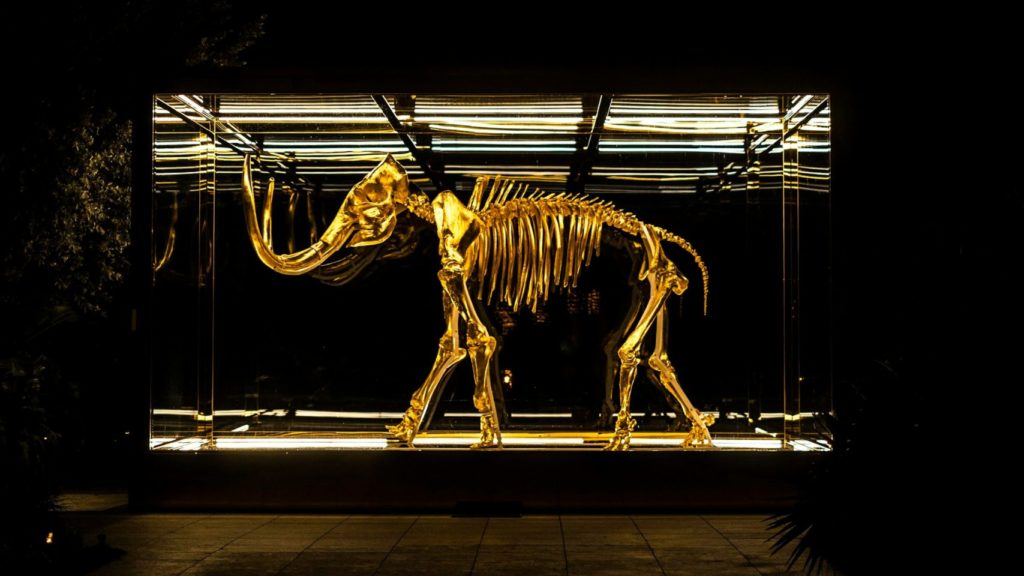
Elephants are renowned for their complex social structures, which are primarily matriarchal. These structures revolve around tightly-knit family units that promote cooperation, emotional bonds, and survival within various environmental contexts.
Matriarchal Leadership
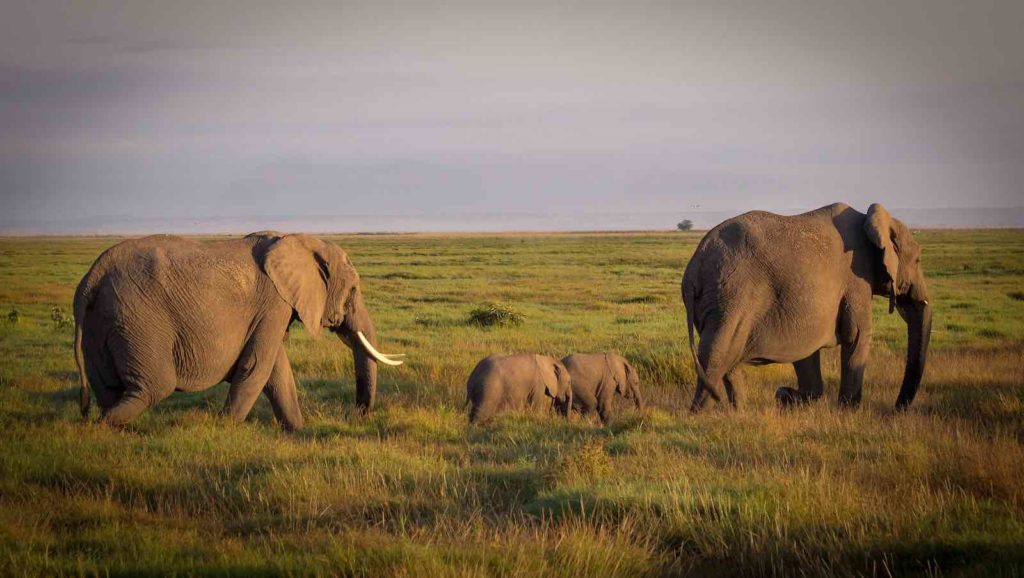
At the center of each elephant herd is the matriarch, typically the oldest female. This matriarch plays a critical role in leading the herd, making key decisions about foraging, migration, and social relations. Her accumulated wisdom is indispensable, especially in finding food and water, while also imparting knowledge to younger herd members[1][11]. The matriarch's dominance in the social hierarchy is not just due to her age but also her experience and social skills, which earn her the respect of the entire group[1][3].
Herd Composition

An elephant herd typically consists of several generations of females, including the matriarch, her daughters, and their offspring[4][10]. Female elephants generally remain with their natal herds for life and share strong familial bonds characterized by cooperation in nurturing and protecting the young. Allomothering, where non-maternal females assist in raising calves, is common and ensures that all young elephants receive the necessary care and education[2][3][5]. This collective rearing is vital for the survival of the calves, as it increases their chances against predators and environmental stressors.
Male Elephants and Social Dynamics
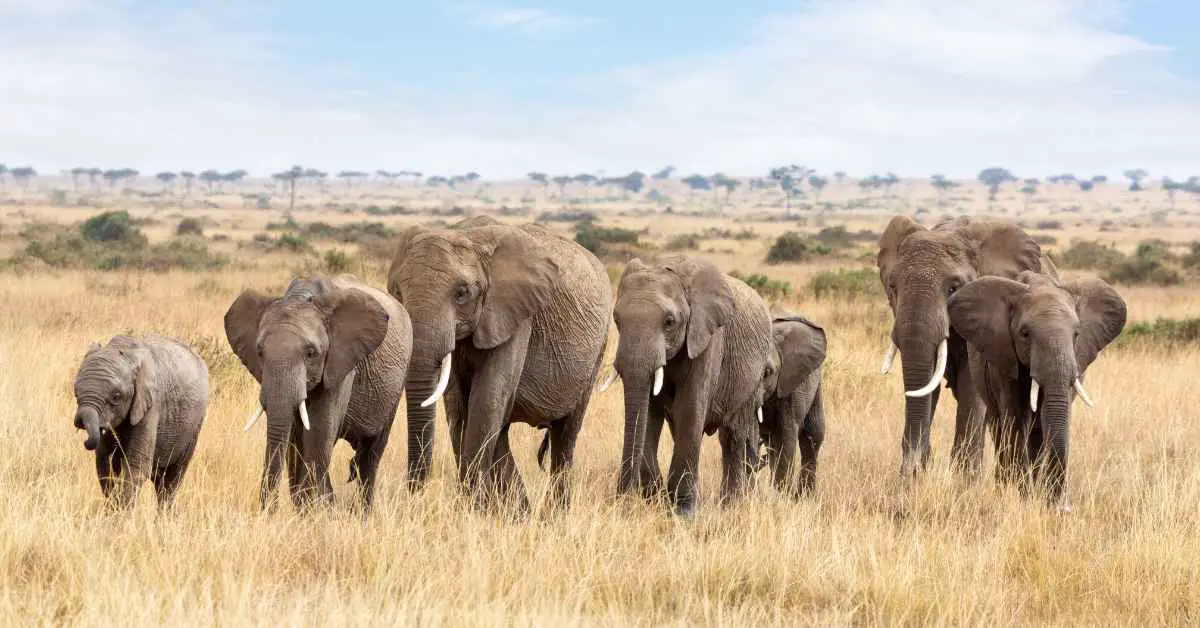
In contrast to the stable female family units, male elephants adopt a more solitary lifestyle or form temporarily cohesive bachelor groups. Young males typically leave their natal herds between the ages of 12 and 15. These bachelor groups, often transient and marked by competitive hierarchies based on size and age, serve as a context for young males to socialize and learn necessary behaviors in preparation for adulthood[3][5][9]. Although males maintain a degree of independence, they occasionally return to their familial herds to interact and ensure their family's well-being[5][10].
Emotional Bonds and Mourning Behavior
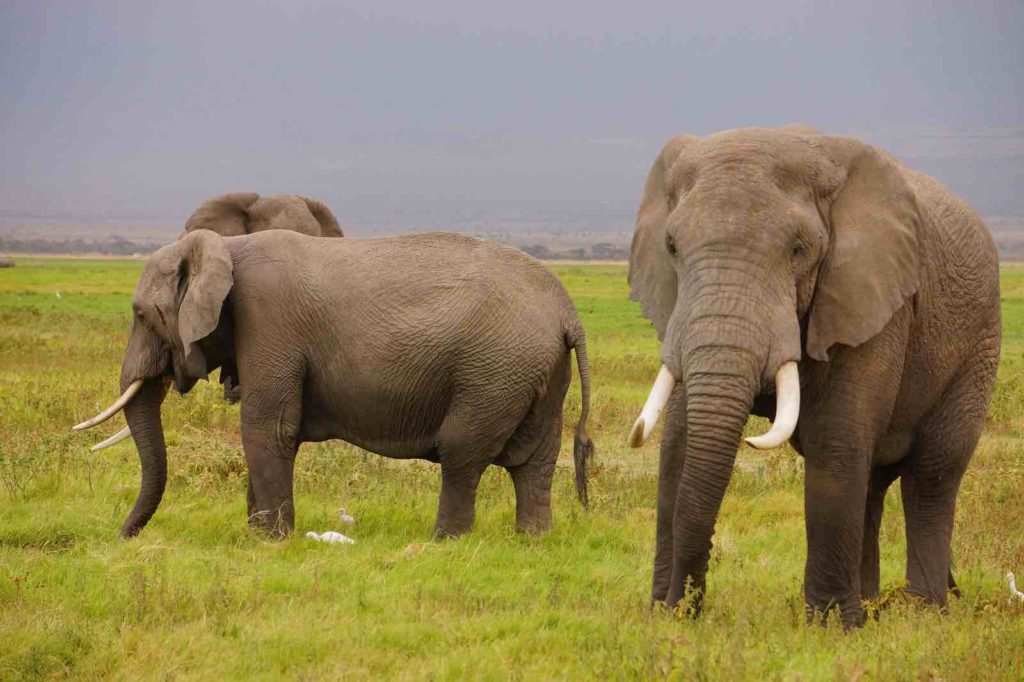
Elephants exhibit profound emotional connections within their herds. When a member dies, the herd engages in elaborate mourning rituals, which may include touching the deceased with their trunks, covering the body with earth, and pausing in silence to show respect. This behavior underscores the strong emotional bonds and social cohesion within the group[8][11]. Additionally, elephants are known to revisit grave sites, displaying signs of grief and recognizing the remains of dead relatives[10][11].
Communication and Social Learning
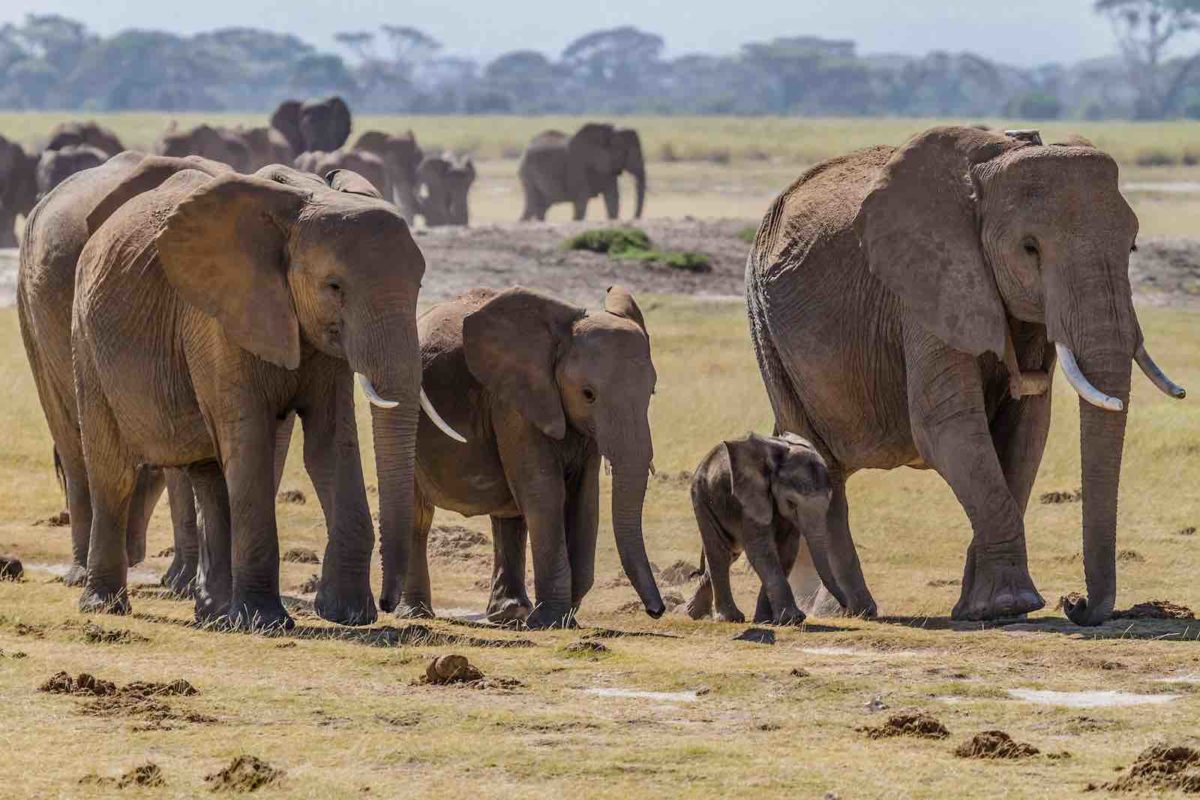
Elephants possess a highly developed communication system comprising vocalizations, body language, and tactile signals. Their ability to produce low-frequency calls, which can be perceived over great distances, helps maintain connections between individuals separated by considerable space[2][5][6]. These communication methods facilitate social learning, where younger elephants learn critical survival skills from their elders, including foraging techniques and social behaviors essential for thriving within their complex social system.
Fluidity of Social Structures
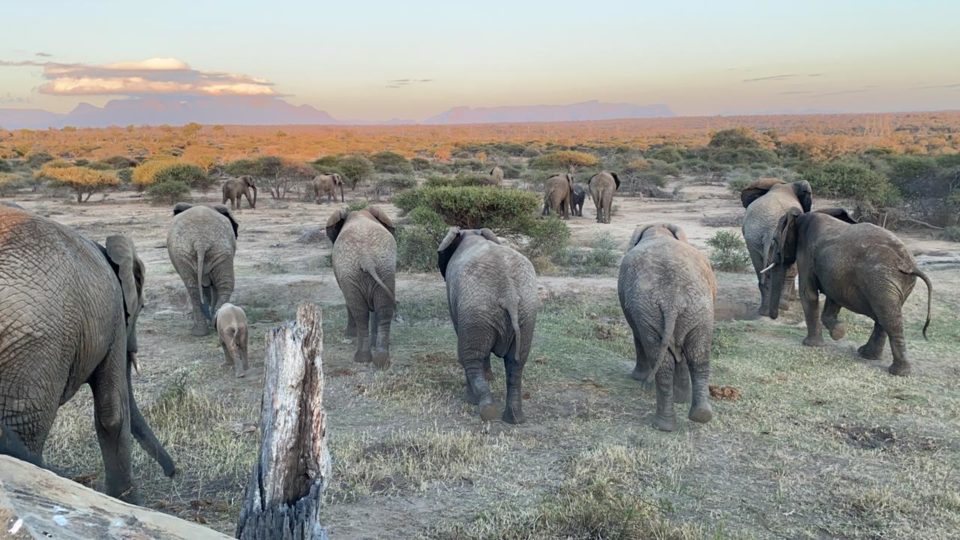
While matriarchal herds are the norm, elephant social structures can be fluid. Elephants adapt their social dynamics based on environmental factors such as resource availability. In areas with plentiful food and water, herds can grow larger, while in less hospitable regions, they may break into smaller family groups or bond units to enhance survival prospects[4][5][10]. This adaptability demonstrates the resilience of elephant herds as they navigate changing landscapes and social challenges.
Conclusion
The social structures of elephant herds are intricate and multifaceted, characterized by matriarchal leadership, deep emotional bonds, and cooperative parenting. The matriarch’s role is crucial for the herd's survival, fostering unity and guiding younger generations. Male elephants adopt different social dynamics, often leading solitary lives after leaving their natal herds. Elephants' rich emotional lives are evident in their mourning rituals, while their communication and social learning abilities highlight the complexity of their interactions. Understanding these social structures is vital for conservation efforts aimed at preserving elephant populations and their intricate social fabric.
Let's look at alternatives:
- Modify the query.
- Start a new thread.
- Remove sources (if manually added).
- Request a manual search from our human research team.

It seems that Rafael Nadal, Roger Federer, and Carlos Alcaraz are all contenders for having the greatest forehand in tennis history[1]. Rafael Nadal is praised for his massive spin and consistency, Roger Federer for his versatile forehand and career achievements, and Carlos Alcaraz for the variety in his forehand shots. These players are all recognized for their exceptional forehands, making it difficult to definitively say who has the greatest forehand[3] in tennis history.
Let's look at alternatives:
- Modify the query.
- Start a new thread.
- Remove sources (if manually added).
- Request a manual search from our human research team.
Vinícius Júnior
Electrifying winger known for his speed, dribbling, and crucial goals for Real Madrid[2].

Jude Bellingham
Young midfielder excelling at Real Madrid with a mature playing style and impressive statistics[3].
Antoine Griezmann
Key player for Atlético Madrid, recognized for his all-around contributions and recent resurgence[1].
Declan Rice
Integral midfield presence for Arsenal, contributing both defensively and offensively[1].
Lautaro Martínez
Prolific striker for Inter Milan, known for surpassing the 20-goal mark consistently[1].

Robert Lewandowski
Experienced striker for Barcelona, consistently among the top goal scorers in La Liga[1].

Jamal Musiala
Exceptionally skilled dribbler for Bayern Munich, noted for his direct attacking approach[1].
Mohamed Salah
Consistent performer for Liverpool, accumulating impressive goal and assist numbers[3].
William Saliba
Key defender for Arsenal, contributing significantly to the team’s strong defensive record[1].
Virgil van Dijk
Leading centre-back for Liverpool, regarded as one of the best in the Premier League[1].
Kevin De Bruyne
Talented playmaker for Manchester City, known for his assists and match-changing abilities[1].
Bukayo Saka
Effective winger for Arsenal, recognized for his recovery from previous setbacks and current form[1].
Florian Wirtz
Central midfielder leading Bayer Leverkusen's campaign, earning accolades for his contributions[1].
Let's look at alternatives:
- Modify the query.
- Start a new thread.
- Remove sources (if manually added).
- Request a manual search from our human research team.
Get more accurate answers with Super Search, upload files, personalised discovery feed, save searches and contribute to the PandiPedia.
The Lean Startup
A foundational book by Eric Ries that introduces the concept of rapid experimentation and validated learning, helping entrepreneurs build successful startups without falling into common pitfalls[2].
Zero to One
Peter Thiel's book offers a unique perspective on entrepreneurship, focusing on creating monopolies by building something entirely new, rather than competing in existing markets[2][5].
The Innovator’s Dilemma
Clayton M. Christensen discusses how established companies can fail to innovate when faced with disruptive changes, providing insights into why some businesses succeed while others do not[5][8].
The $100 Startup
Chris Guillebeau shares stories of individuals who started successful businesses with minimal investment, offering practical advice on turning passions into profitable ventures[2][7][10].
The Hard Thing About Hard Things
Ben Horowitz provides a candid look at the challenges of running a startup and offers practical advice based on his own experiences[2][7][9].
Start with Why
Simon Sinek explains how successful leaders inspire action by starting with the purpose behind their organizations, emphasizing that people connect with a 'why' rather than a 'what'[2][7].

Good to Great
Jim Collins explores the elements that separate successful companies from their competitors, providing a framework for achieving excellence[2][10].
The E-Myth Revisited
Michael E. Gerber addresses common misconceptions about starting a small business and emphasizes the importance of working on the business, not just in it[6][10].

Crushing It!
Gary Vaynerchuk shares practical advice on building a personal brand and leveraging social media for business success, drawing from stories of individuals who have turned their passions into lucrative careers[7][10].
Influence: The Psychology of Persuasion
Robert Cialdini examines the principles of persuasion and how they can be leveraged to enhance marketing and sales strategies[4][8].
Traction: Get a Grip on Your Business
Gino Wickman introduces the Entrepreneurial Operating System (EOS), helping entrepreneurs gain control and visibility into their business operations[8][10].
10X is Easier Than 2X
Dan Sullivan and Dr. Benjamin Hardy differentiate between incremental and exponential growth strategies, offering insights on achieving radical business success[4].
Originals: How Non-Conformists Move the World
Adam Grant discusses the traits and behaviors of successful non-conformists and how they drive innovation and creativity[2][7].
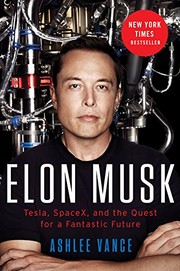
Elon Musk: Tesla, SpaceX, and the Quest for a Fantastic Future
Ashlee Vance's biography of Elon Musk offers insights into the innovative mindset of one of today's most ambitious entrepreneurs[2][10].

The Everything Store: Jeff Bezos and the Age of Amazon
Brad Stone explores the rise of Amazon and the leadership style of Jeff Bezos, detailing the strategies that made the company a leader in the industry[10].

The Startup Playbook
David S. Kidder compiles insights from successful entrepreneurs and investors, providing actionable advice for anyone looking to start a business[7].
The Founder’s Dilemmas
Noam Wasserman addresses the common challenges faced by entrepreneurs, offering advice on decision-making and equity management[5][8].
Radical Candor
Kim Scott shares insights on creating a culture of open communication and strong relationships within teams, essential for entrepreneurial success[10].
How to Win Friends and Influence People
Dale Carnegie’s classic book provides timeless principles for building relationships and influencing others, crucial for business leaders[2][4].
Grit: The Power of Passion and Perseverance
Angela Duckworth emphasizes the importance of resilience and long-term effort in achieving success in various fields, including entrepreneurship[8].
Drive: The Surprising Truth About What Motivates Us
Daniel H. Pink offers insights into motivation and how to foster a workplace that enhances creativity and productivity[8][10].
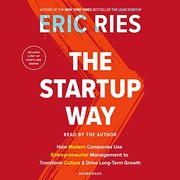
The Startup Way
Eric Ries expands on his Lean Startup concepts to show how established companies can innovate like startups, maintaining agility while scaling[10].

The 7 Habits of Highly Effective People
Stephen Covey outlines the habits necessary for effective personal and professional life management, applicable to entrepreneurs looking to improve their leadership skills[4].
The Alchemist
Paulo Coelho emphasizes the importance of following one's personal legend, which can be an inspirational read for entrepreneurs navigating their own paths[4].
Let's look at alternatives:
- Modify the query.
- Start a new thread.
- Remove sources (if manually added).
- Request a manual search from our human research team.
A dystopian novel is defined by its depiction of a society that is frightening or undesirable, often characterized by totalitarianism, environmental devastation, and the oppressive control over individuals[1][2][3][4]. These novels frequently explore themes such as government oppression, loss of individual freedom, environmental destruction, and technological control[3]. Typically set in a bleak, futuristic world, dystopian fiction serves as a critique of contemporary social, political, and environmental issues, often presented as a warning of what could happen if current trends continue unaddressed[2][4]. Examples include '1984' by George Orwell, 'Brave New World' by Aldous Huxley, and 'The Handmaid's Tale' by Margaret Atwood[1][3][4].
Let's look at alternatives:
- Modify the query.
- Start a new thread.
- Remove sources (if manually added).
- Request a manual search from our human research team.
Let's look at alternatives:
- Modify the query.
- Start a new thread.
- Remove sources (if manually added).
- Request a manual search from our human research team.

Introduction to Tokamaks
Tokamaks represent a leading design for nuclear fusion reactors, aiming to replicate the fusion processes that power the sun. These devices confine superheated plasma—a mixture of electrons and ions—using magnetic fields, allowing for the conditions necessary for nuclear fusion to occur. Controlled nuclear fusion is considered a potential solution to the global energy crisis, offering an almost limitless source of clean energy without the radioactive waste associated with fission power.
The HH70: A Milestone in Fusion Technology

In a notable achievement, China has recently completed the development of the HH70, the world's first fully high-temperature superconducting tokamak. Located in Shanghai, the HH70 was built by Energy Singularity, a commercial entity focused on advancing fusion energy technology[2][8]. The significance of HH70 lies not only in its superconducting capabilities but also in its smaller and more cost-effective design compared to traditional tokamaks, which are often large and expensive to construct[4][5].
Energy Singularity has set a record for the fastest development and construction of a superconducting tokamak within just two years[6][9]. The HH70 employs a magnetic system made from high-temperature superconducting materials—specifically, Rare Earth Barium Copper Oxide (REBCO)[1][9]. This innovative use of REBCO allows for a reduction in physical size, achieving a volume only two percent of conventional tokamaks[4][8]. The successful operation of HH70 demonstrates significant engineering advancements, indicating its potential for commercialization and broader application in creating more accessible nuclear fusion technology[2][9].
Performance Metrics and Future Goals
The efficiency of fusion reactors is often assessed using the Q value, which reflects the ratio of energy produced from the fusion reaction to the energy input required to sustain that reaction. Current leading designs have achieved Q values of around 1.53, but Energy Singularity aims to create tokamaks with a Q value of 10[1][8][9]. The realization of such high efficiency could significantly shorten the development path for fusion energy technologies. The company plans to release its next-generation tokamak by 2027, with the ambition of establishing a demonstration power plant by 2030[4][8].
Comparative Context: The EAST Tokamak

While the HH70 represents a groundbreaking advance, it is essential to consider the previously established Experimental Advanced Superconducting Tokamak (EAST) in Hefei, which has also made substantial contributions to the field of fusion energy research. EAST has become renowned for maintaining high-temperature plasma states, achieving significant milestones such as sustaining a plasma at 100 million degrees Celsius for over six minutes, a record for plasma confinement[5][7][10].
EAST operates as a testbed for technologies that are pivotal to future fusion reactors, including those that will be deployed in the International Thermonuclear Experimental Reactor (ITER) project currently under construction in France[10]. The advancements realized in EAST, particularly regarding long-duration plasma operation, contribute crucially to the knowledge and practical applications of fusion energy systems[5][10].
International Collaboration and the Future of Fusion Energy
China's commitment to advancing fusion energy is further illustrated by its openness to international collaboration, evidenced by partnerships involving over 17 research institutions worldwide, including contributions to the ITER project[3][10]. This cooperation underscores a global effort to face common challenges related to energy production and climate change.
The HH70's operational success is a significant leap for China's position in the global race toward sustainable energy sources. As energy demands grow and the implications of climate change become more urgent, the potential of fusion energy could play a pivotal role in the transition towards cleaner energy systems.
Conclusion
The development of the HH70 and the continued efforts of projects like EAST solidify China's position as a leader in nuclear fusion research. The advancements in high-temperature superconducting technology not only pave the way for more efficient and commercially viable tokamaks but also represent a broader trend towards innovative solutions in the global pursuit of clean energy. As countries move away from fossil fuels, the promise of controlled nuclear fusion stands out as a beacon of hope in creating a sustainable energy future for generations to come.
Let's look at alternatives:
- Modify the query.
- Start a new thread.
- Remove sources (if manually added).
- Request a manual search from our human research team.
